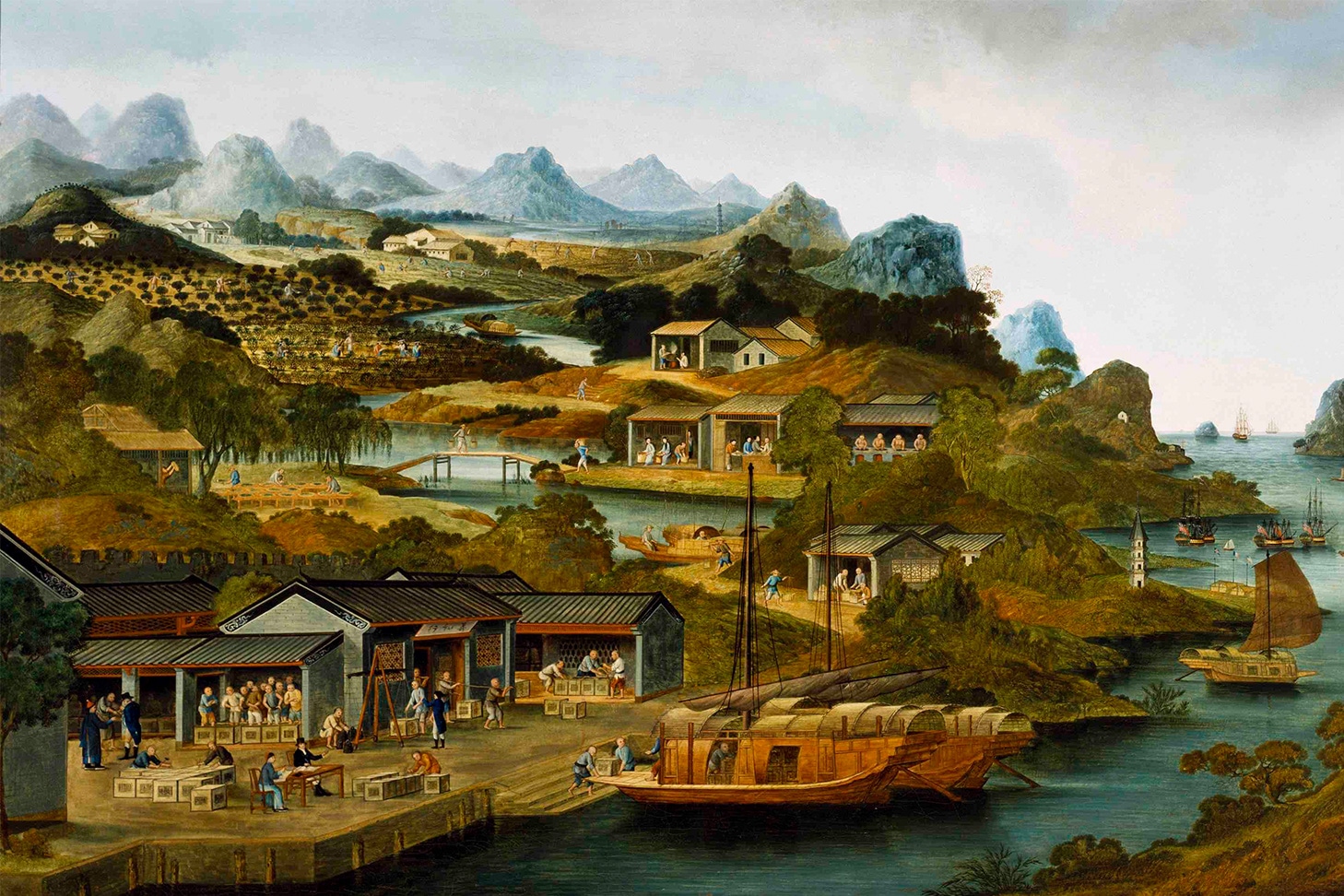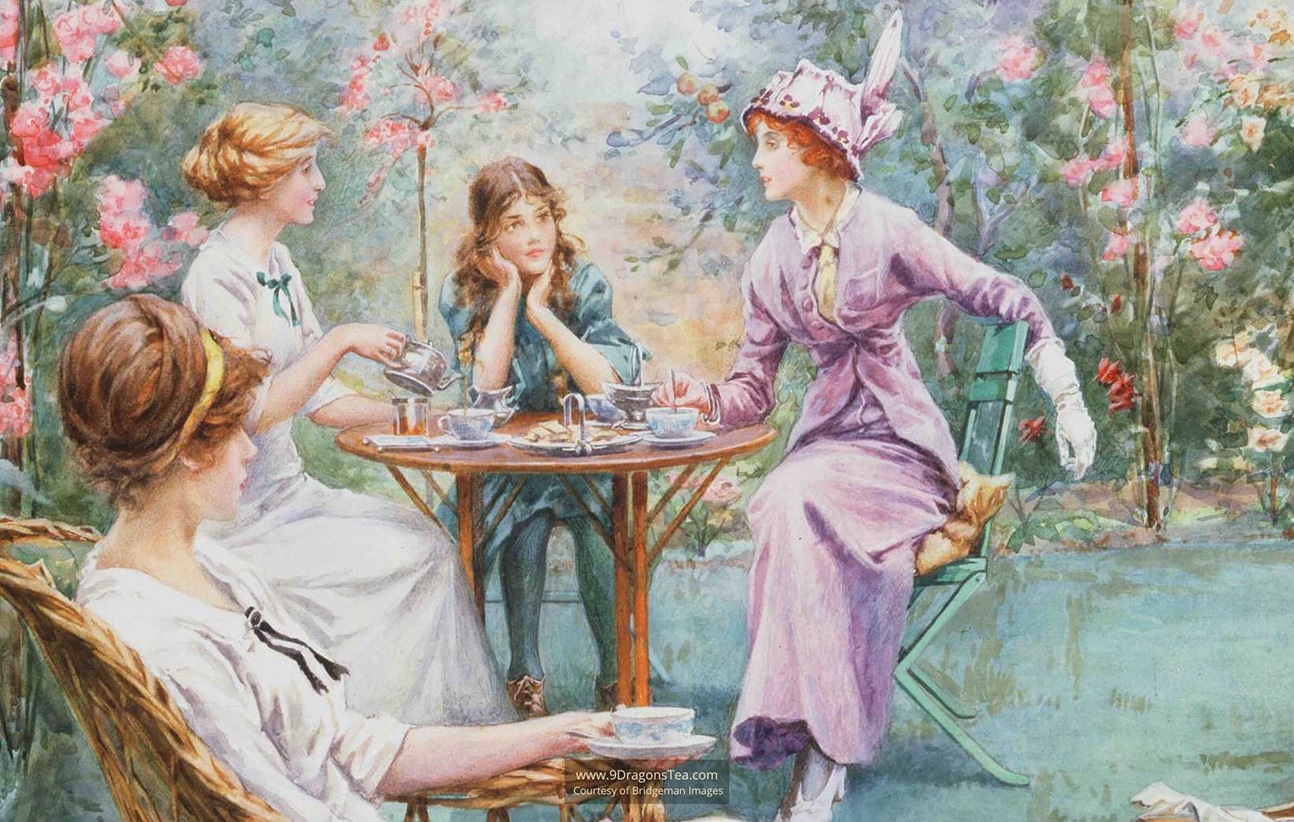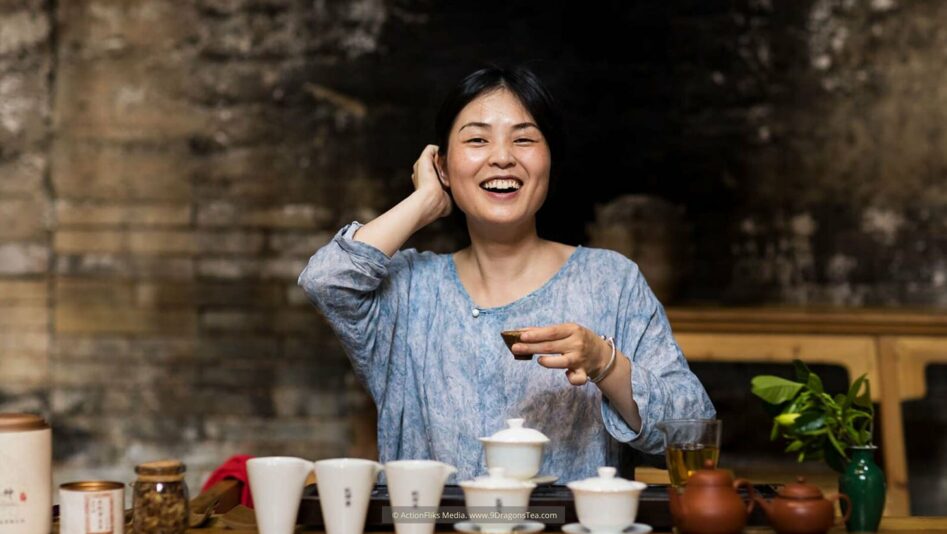HOW TEA IS MADE
Good tea masters must cultivate their moral characters to make good tea. Discover the art form of how tea is made.
The Chinese tea making tradition evolved over thousands of years. Before starting the 15 steps of tea-making, tea masters must first cultivate their moral characters. Here's the first thing you need to know about tea:
All teas are made from the same plant – Camellia sinensis.
How tea is made: heart-work.
What makes the different types of tea is how tea leaves are processed, a.k .a. the cure. This is why tea-making has been a limitless art form in China for thousands of years. Through tea-making, tea masters strived to achieve spiritual enlightenment. In the Chinese culture, it’s believed that “good people make good tea.” This is how tea is made traditionally.

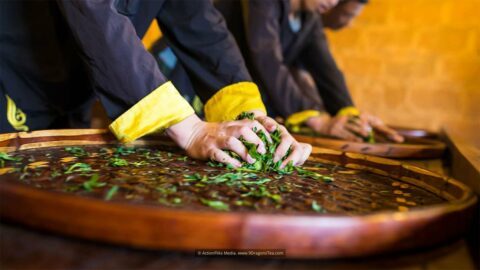

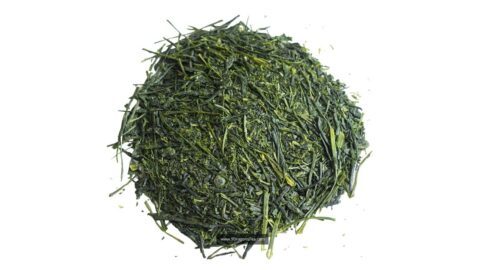

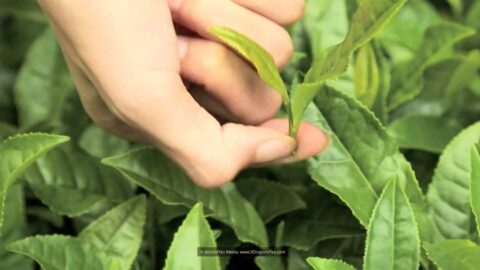

Types of Tea
In the world of tea, knowing the answer to this question — how many types of tea are there? — will give you a lot of street cred.
The answer is six. Here are the six tea types: White tea, Yellow tea, Green tea, Oolong tea, Black tea, and Dark tea (or Hey Cha in Chinese), also called Pu-erh Tea (Puer). It’s easier to remember these six tea types by their color. The Chinese call this “tea soup.”
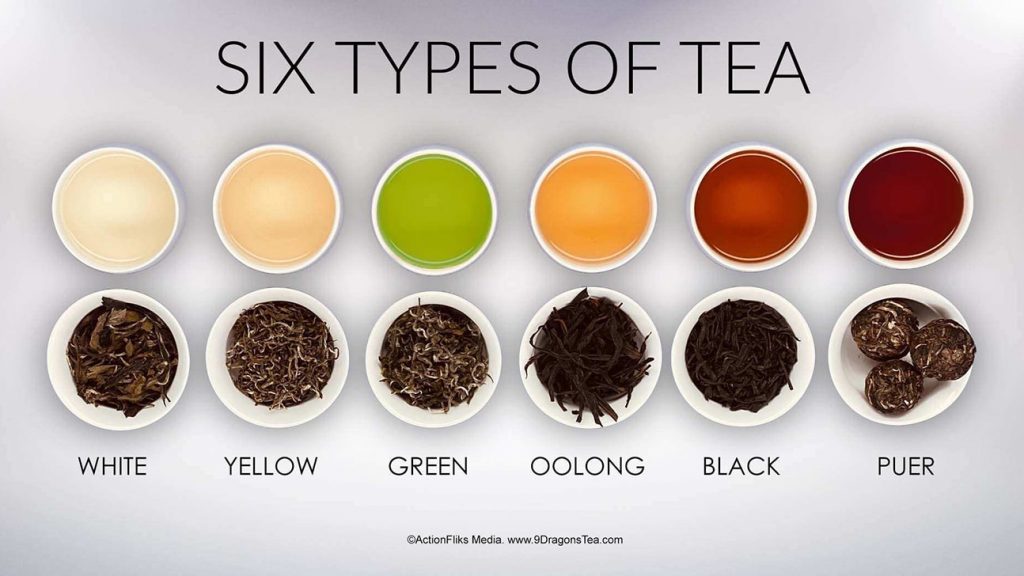
“Its elixir is like the sweetest dew of heaven”
– Lu Yu, tea sage and author of “Chajing” or “Classic of Tea”
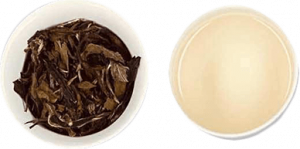
White tea, or “Bai Cha” 白茶
The most subtle of all teas. White tea is the least processed of all tea types.

Yellow tea, or “Huang Cha” or “Hwa Cha” 黃茶 或 花茶
Also known as Scented tea. This is simply tea varietals infused with flowers. Jasmine Green tea and Rose Black tea are examples.

Green tea, or “Lu Cha” 綠茶
Green tea carries a refreshing taste, ranging from clean to grassy. Green tea is famous for its health benefits, although all teas have various health benefits.
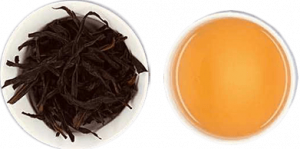
Oolong tea, or “Wu Nong Cha” 烏龍茶
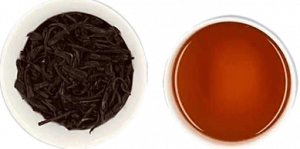
Black tea, or “Hong Cha” 红茶
A fully fermented tea, Black tea is also an invention of Wuyi Shan. The crown jewel of tea for Westerners from the 16th through mid-19th centuries. Read more about this legendary tea here.
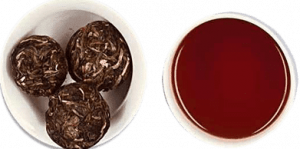
Puer tea, 普洱茶 或 黑茶
Also spelled Pu’er or Puerh, this exemplifies the category called “hei cha,” meaning Dark tea. A fermented tea, Puer is considered “old tea” and is packed with health benefits
TEA SPIRIT
Good People Make Good Tea
TEA SPIRIT
Good People Make Good Tea
This is no surprise. If we learned anything from the origin of tea in China, we know that tea-making was a chosen path to attain purity in heart and in mind.
Historically, the Chinese culture reveres tea, not only as a beverage that nourishes the body and enlightens the spirit. Tea has a greater power:
Tea Harmonizes the World
茶 和 天 下
Through the art of tea-making, tea infuses herself into the human spirit.
This Is The “Tea Spirit.”
TRADITIONAL TEA-MAKING
Passes From One Generation to the Next
TRADITIONAL TEA-MAKING
Passes From One Generation to the Next
“How tea is made,” this question baffled the minds of prominent scientists all over Europe from the 17th through the mid-19th centuries. Many famous botanists and plant hunters had smuggled tea seeds from China to crack this simple question. But one man finally unlocked the secret by the mid-1850s. Now you can do this in a nanosecond with Google.

How Tea Is Made: 15 Steps Of Chinese Tea-Making
Ever since the Europeans started sipping tea, they were fascinated with the Chinese tradition of tea-making. Here is a detailed account of the 15 steps of tea-making, from cultivation to processing and manufacturing, for tea to arrive from China to the West. Of course, these steps vary depending on the types of tea being made and the region in which the tea is produced.
Tea-making is labor-intensive, a process filled with interlocking and sequential steps. Once the tea leaves are picked, there is no stopping as the tea leaves are processed properly, step by step. Tea-makers work around the clock for weeks or even months to process tea leaves during harvest time, with very little sleep.
POP QUIZ: Withering is one of the 15-steps in artisanal tea-making. Does it come before or after Shake Green? And what’s Kill-Green? (No, it’s not a sequel to KILL BILL) Read your tea leaves here. 🔍

